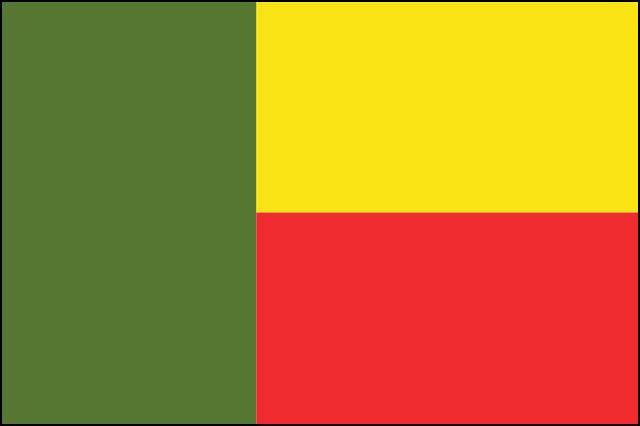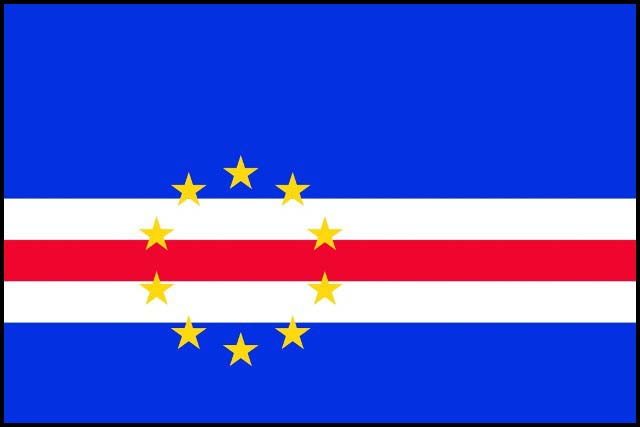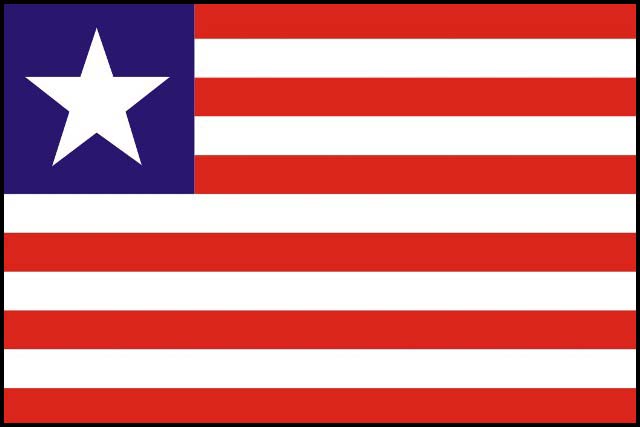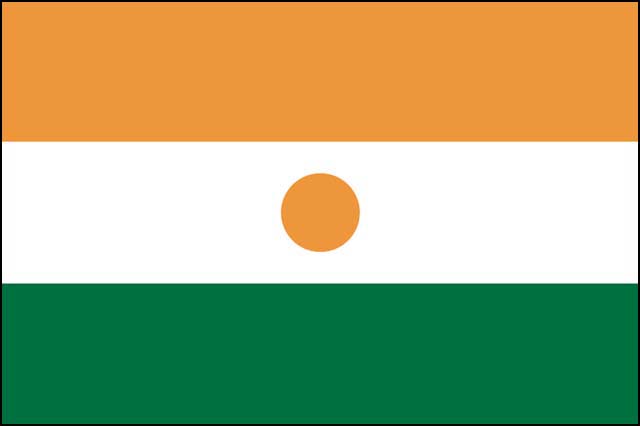Since the adoption of ECOWAP, the ECOWAS Commission and the NEPAD Secretariat worked together with Member States to elaborate and adopt an action plan for joint implementation of the ECOWAP and CAADP. ECOWAS Member Countries, therefore, have a single and unified framework for planning and intervention in the agricultural sector. This includes the Monitoring & Evaluation system and processes for the management of the ECOWAP.
Prior to 2015, based on the CAADP Results Framework that was instituted, the ECOWAP Results Framework was developed. This framework was used to a very large extent in line with the CAADP Results Framework up until 2015. However, following the celebration of ten years CAADP Results Framework, the ECOWAP followed the same flow and celebrated the ECOWAP +10, with a view of reflecting on achievements, strengths and opportunities derived during the past ten years (2005-2015) but also using those opportunities to map out recommendations that can support and improve the process in the next ten years (2015-2025).
In this regard, with the advent of the CAADP Results Framework 2015-2025, ECOWAS also revised its ECOWAP Results Framework in tandem with that of the CAADP. The Results Framework defined the results expected to be achieved by all stakeholders including the Member States and Regional players. This continues to be the working coordination tool for the next ten years for stakeholders to promote efficient and coherent action, and thus avoid duplication of efforts in the sub-region.
To enhance the effective implementation of the ECOWAP M&E, a Monitoring and Evaluation Unit is instituted at the regional level, based at the Directorate of Agriculture and Rural Development, under the Department of Agriculture, Environment & Water Resources. It is a unit with dedicated responsibility for M&E of all initiatives (policies, programs, projects) undertaken within the framework of ECOWAP/CAADP. This unit plays the role of synthesizing, analyzing, storing, managing and reporting aggregate results of the overall performance of the ECOWAP/CAADP framework to the Advisory Committee for Agriculture composed of compact partners and stakeholders. The data/information that feeds into this synthesis and aggregate analysis are: a) the data/information collected and reported by the M&E units located at different implementing partners operating at regional level, and b) from each Member State’s data coordinating committees. The ultimate goal is to have the M&E data collected and aggregated at the national level flow to regional level and then to continent level. At each level, the information is processed and aggregated to add value towards the goal of generating knowledge that can be used as an input into joint decision making. As such, well-resourced units/offices of M&E at each of these units of aggregation (national and regional) and M&E reporting units (i.e., project implementers) are meant to be the backbone of an efficient and functional M&E system for the overall ECOWAP/CAADP program.
The M&E units located at two main levels of organization (national and regional) are supported by two resource and technical partners: 1) the Africa-wide knowledge support network with ties to regional (ReSAKSS) and national levels (SAKSS); and 2) the network of national and regional agricultural information systems (ECOAGRIS). These partners contribute to the overall M&E system mostly in the strategic planning steps and in tracking national aggregate level sector performance and welfare indicators. Unlike the network of M&E units, these are only suppliers (or synthesizers) of data/information for country and regional level M&E units/offices.
In 2019, the idea of translating the ECOWAP M&E system into an automated Web-based M&E System was birthed, and this platform was developed. This Web based system with leverage from the M&E system of other partners to ensure that there is no duplication of effort but a consolidated system that eases the burden of manual data collection, processing and analysis. This system will also ensure the storage and sharing of West Africa-owned data and knowledge towards agricultural transformation. All these put together will contribute to enhanced documentation and communication of results on the ECOWAP implementation in a coordinated and timely manner.














